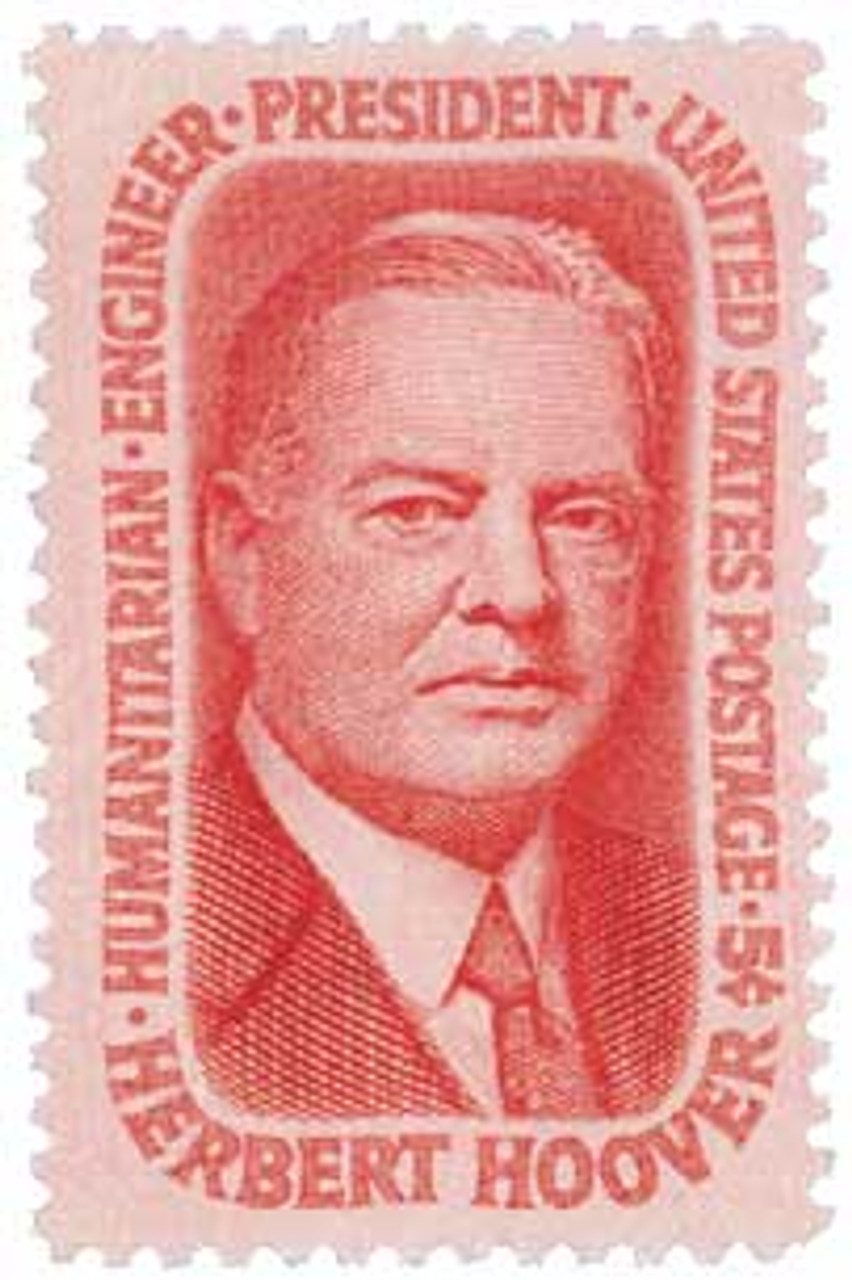On July 11, 1921, William Howard Taft fulfilled a lifelong dream when he was appointed chief justice of the US Supreme Court. He is the only person in American history to serve as both president of the United States and chief justice of the US Supreme Court.
Taft always dreamed of being a Supreme Court justice. He was even offered the chance several times throughout his career but refused out of a sense of duty to the various posts he was already serving. While his presidency lasted from 1909 to 1913, it was his later role as chief justice—from 1921 to 1930—that he truly cherished. In fact, Taft once said, “I don’t remember that I ever was president.”
Taft became chief justice on July 11, 1921, after being appointed by President Warren G. Harding. He was 63 years old and thrilled to return to the law, which had always been his true passion. Even before his presidency, Taft had served as a judge and had dreamed of sitting on the Supreme Court someday.
As chief justice, Taft brought important changes to the federal court system. In 1922, he visited Great Britain to study how their courts managed to drop so many cases so quickly. Using what he learned there, he proposed the Judiciary Act of 1925, one of his biggest achievements. The Judiciary Act of 1925, sometimes called the “Judges’ Bill,” gave the Supreme Court more control over which cases it heard. Before that, the court had to hear nearly every case that came to it, which created a huge backlog. Taft pushed Congress to give the court the power to choose the most important cases. This made the court more efficient and helped it focus on major legal questions.
Taft also played a big role in improving the organization and image of the federal courts. He gave the Supreme Court and chief justice supervisory power over the various federal courts, uniting America’s courts into an independent third branch of the government for the first time. Taft believed the judicial branch should be seen as strong and independent. To help with this, he lobbied for the construction of a separate building for the Supreme Court. At the time, the justices worked inside the US Capitol. Taft thought this made the court seem less powerful. Although he didn’t live to see the building completed—it opened in 1935—he was responsible for getting the project approved.

In terms of legal opinions, Taft was not considered a bold or radical thinker like some justices. He was more traditional, focusing on order, stability, and clear legal principles. He believed in following the Constitution closely and not stretching its meaning. For example, he often sided with businesses and opposed laws he felt gave too much power to labor unions or government regulators. He thought the government should not interfere too much in the economy unless necessary.

Taft also worked hard to improve how the Supreme Court operated. He introduced better procedures for managing cases, keeping records, and making decisions more orderly. His background in administration—both as president and as a former judge—made him especially good at managing the court.
Taft retired in February 1930 due to poor health and died a few weeks later, in March. He is buried in Arlington National Cemetery, one of only two presidents buried there. His legacy as chief justice remains strong. Even though his presidency was often criticized, his time on the Supreme Court is remembered as successful and deeply influential. While several of his more prominent rulings have since been overturned (such as Lum v Rice and Olmstead v. United States), others (like Carroll v. United States which permitted warrantless searches of automobiles) have had a lasting impact. Taft helped shape the modern Supreme Court and strengthened its role in American government.
| FREE printable This Day in History album pages Download a PDF of today’s article. Get a binder or other supplies to create your This Day in History album. |
Discover what else happened on This Day in History.






The first thing I do each morning – after getting my cup of coffee – is to check the site This Day in History. I have begun to buy stamps again, this time from Mystic Stamp Company. Reading the book A History of America in Thirty-Six Postage Stamps by Chris West I have a new love of collecting U.S. Postage Stamps. After Mystic’s 365 days of stamp history, Mystic Stamp should publish a book. I would buy a copy. – Glenn Harper
That’s wonderful, Glenn. Thank you for being a part of Mystic’s This Day in History series.
Very interesting information about President Taft, that I was not aware of. Thanks!
Like Mr. Harper I am addicted to look for the site “This Day in Historyâ€. I support the idea of a book with this well-done material. I save all the “Days in history†but it will be easy if you have a book (maybe with space, in each chapter, for one related stamp to be glued). Good work Mystic Stamp. Thanks!
I’ve been collection stamps all my life starting at about 10 years old I’m 87 years old as I write this. Starting at a time so long ago in our history gave me a good foundation of the world, YES THE WORLD. My first Scott album was a Christmas present from my parents the first few pages had entire maps of the world as we knew it then. Every time I got a foreign stamp I would find the country it came from using the map that in itself was the greatest history lesson any kid could have.
Put the current maps of the world next to ones from yesteryear and compare —- need I say more.
Thank you Mystic Stamp